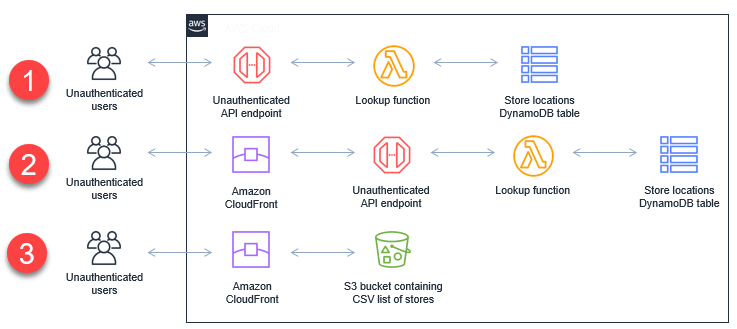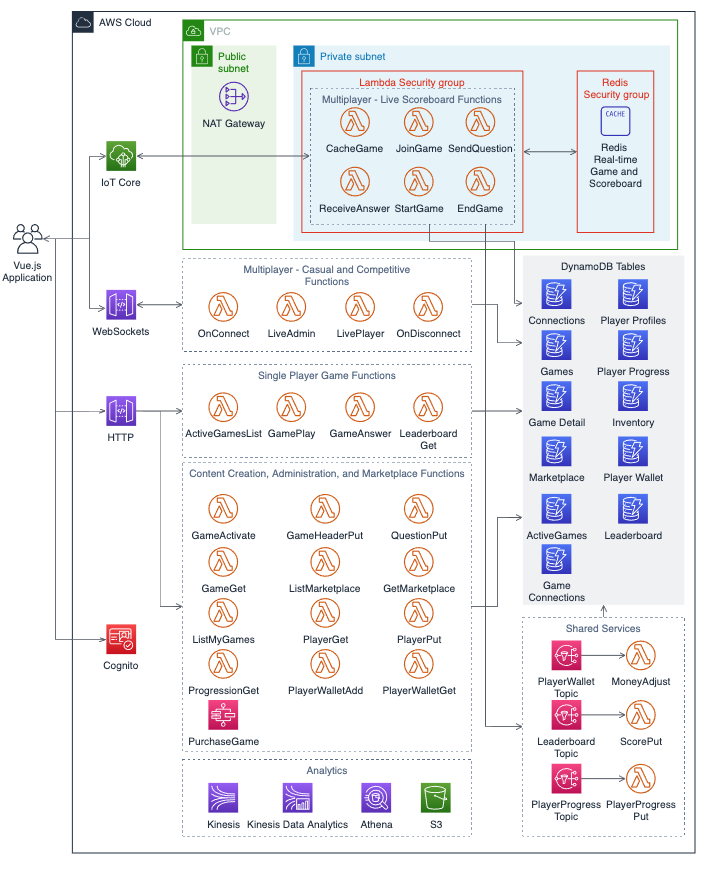AWS Compute Blog
Accelerating workloads using parallelism in AWS Step Functions
In this blog post, you learn how to use AWS Step Functions and parallel processing to complete four hours of work in 60 seconds. You learn how to apply the pattern of decomposition to achieve improved scalability and manageability.
Building single binary file extensions for AWS Lambda with .NET
This post shows how to create, build, and package a C# Lambda extension as a single binary file. Explore the example code and other Lambda extensions examples in the GitHub repository.
Operating Lambda: Debugging code – Part 1
Debugging serverless applications is different to debugging single-server or monolithic applications. You must consider debugging across multiple invocations and services, and understanding the state of a distributed workload.
Using API destinations with Amazon EventBridge
The API destinations feature of EventBridge enables developers to integrate workloads with third-party applications using REST API calls. This provides an easier way to build decoupled, extensible applications that work with applications outside of the AWS Cloud.
Using AWS X-Ray tracing with Amazon EventBridge
X-Ray is a powerful tool for providing observability in serverless applications. With the launch of X-Ray passive tracing in EventBridge, this allows you to trace requests across distributed applications more easily.
Operating Lambda: Building a solid security foundation – Part 2
In this blog post, I explain how to secure workloads with public endpoints and the different authentication and authorization options available. I also show different approaches to exposing APIs publicly.
Building a serverless multi-player game that scales
This post introduces the Simple Trivia Service, a single- and multi-player game built using a serverless-first architecture on AWS. I cover different solutions that you can use to enable connectivity from your game client to a serverless-first backend for both single- and multi-player games.
Operating Lambda: Building a solid security foundation – Part 1
This post explains the Lambda execution environment and how the service protects customer data. It covers important steps you should take to prevent data leakage between invocations and provides additional security resources to review.
Operating Lambda: Application design – Part 3
This post discusses choosing and managing runtimes, the effect on performance, and how you can use multiple runtimes within a single serverless application. It explains the networking model and whether a Lambda function must have access to a customer VPC or can run with the default VPC configuration. It also compares the different invocation modes for Lambda functions.
Extending SaaS products with serverless functions
As customers increasingly use SaaS solutions in their businesses, they want the same customization and extensibility available in on-premises solutions. SaaS partners have developed APIs and integration hooks to help address this need. For more sophisticated customization, products enable custom code to run within their SaaS workflows.









